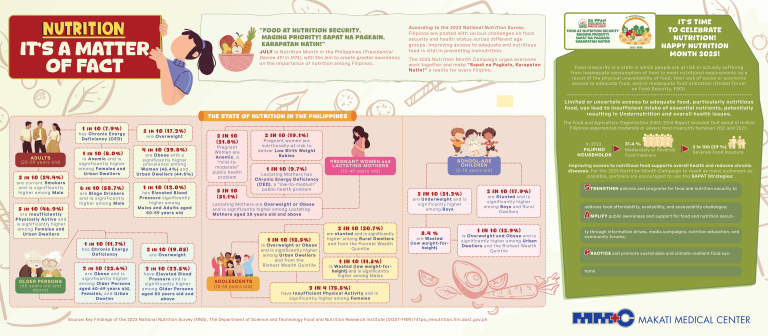The perception toward autism spectrum disorder (ASD), or autism, has slowly but surely changed throughout the years. More people are beginning to see that it’s neither a mental disorder nor simple misbehavior of children seeking attention. Instead, it’s a condition that needs to be understood with patience and care.
With the right guidance and learning tools, those with autism can function in society, depending on where they fall in the spectrum. With around 1 in 160 children diagnosed with ASD, awareness about autism is becoming increasingly important, as it will help society adjust and create better opportunities for those who have it and lessen the discrimination they face.
The Misconception Towards Autism
Unfortunately, many people are still misinformed about autism. Some think those who have the condition are intellectually challenged, while others don’t know that a spectrum exists. These misconceptions don’t only spread false information, but also propagates judgment and bias toward people living with autism.
The stigma is real—but thankfully, proper education can open the eyes of the public toward ASD.
Understanding Autism Spectrum Disorder
ASD or autism refers to a broad range of behavior characterized by challenges in social skills, engaging in repetitive behavior, and trouble with speech or nonverbal communication. ASD often begins in childhood and persists into adolescence and adulthood. It may sometimes appear with other conditions, such as depression, anxiety, and Attention Deficit Hyperactivity Disorder (ADHD).
The level of intensity of autism can vary for each individual, typically divided into low-functioning and high-functioning groups. This means some people with autism may live independently and contribute to society, while others need full-time assistance and support from their loved ones.
What are the Signs of Autism?
While the manifestation of autism can vary from person to person, there are some signs you can look out for to see if your child may have the condition. Below are some of them.
- Difficulty maintaining eye contact – People may misinterpret this behavior as lacking in manners. In reality, their restless or hyperactive nature, coupled with their impaired social response, gives them discomfort in making eye contact with the people they are conversing with.
- Delayed speech and communication skills – You may notice that they are behind their peers when it comes to reading, writing, or speech skills in school or other children in their age group. Be careful not to immediately associate this with challenged intellect—with the right educational tools, they will be able to develop these skills at their own pace.
- Reliance on rules and routines – Children with autism may find it challenging to do as they are told straight away. As such, they could perform a simple routine before accomplishing a task. For instance, before they get what you asked them, they’ll clap their hands.
- Being upset by relatively minor changes – Some people with autism may feel uncomfortable with surprises. They can get emotionally unstable and feel upset over changes in their activities for the day, such as going to a new destination or not being able to fulfill a promise made to them earlier on.
- Unexpected reactions to the primary senses – They may have an over- or under-sensitivity to the way things smell, feel, taste, and touch. For instance, they may find some scents repulsive, even if it’s not generally considered foul.
- Difficulty understanding other people’s emotions – Due to their lack of social skills, people with autism may have trouble understanding the situation in the room. This may make them appear to be insensitive or mindless about other people’s feelings.
- Focus and obsession with a narrow range of interests or objects – In children, this behavior may be displayed in using the same thing the same way every time, or obsessively liking a part of an object (e.g., the wheels of a toy car).
- Wanting to be alone – Some people who have autism would prefer isolation as social interactions can make them uncomfortable.
- Give unrelated answers to questions – They may have trouble directly answering seemingly simple questions. For instance, if you asked them what they ate earlier, they could describe other things instead, such as what they were wearing while eating, and completely miss the point of the question. You may have to ask again to get the answer you are looking for.
How Autism is Changing the World
While the stigma still exists, and there may be a long way to go before people can reverse the negative perception about autism, changes have indeed been made. The dialogue about autism is slowly but surely becoming open. More people are trying to learn about the nuances of the condition and are building opportunities for people with autism to contribute in society.
People are also starting to recognize that there’s a spectrum. Not everyone who has autism acts the same way. The spectrum helps society understand what type of care the individual needs and allows those with the condition to find personalized support for what they are going through.
Handle Autism with Some Tender Loving Care
If you are a parent of a child with autism, the first step to helping them is to understand where they are on the spectrum. The nuances of their experience will help you determine what you need to adjust so that they will feel comfortable and productive.
Having ASD is not a limitation, but rather a condition you can learn to adapt to. With the right assessment, pediatric care, and early diagnosis of autism, you can help your child reach their potential and live a healthy, normal life.












